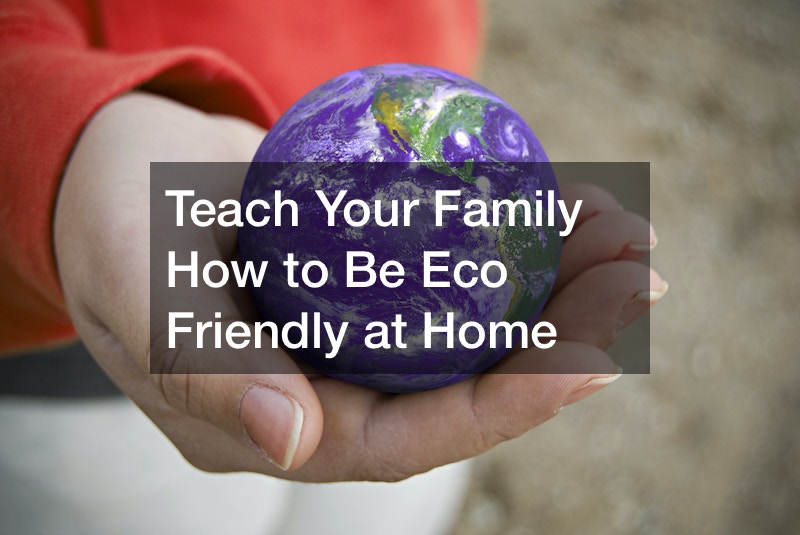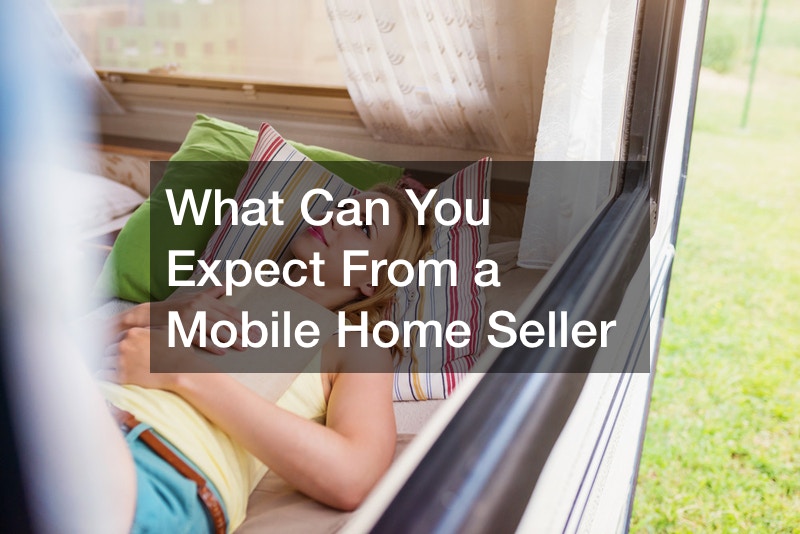When you are learning how to be eco friendly at home, the tips and the strategies can seem overwhelming. There is a lot to think about. From switching your light bulbs to re-using your vegetable water, there are many steps that you can take to learn how to be eco friendly at home. We live in a world now where reducing, reusing, and recycling is the old way of doing things. Today, everything in the home can be improved when you want to be more eco-friendly. Reduce your carbon footprint, become more energy efficient, and create a cleaner greener home with these eco-friendly tips.
Learn the Lingo
Most governments today of developed countries have climate change initiatives that are now law. It is imperative that we clean the world and all work together to make it a better place. You’ll get tax incentives for greener vehicles or supplies provided by your municipality to recycle. But do you know why this is happening? Learn the lingo.
Let’s start with the word carbon and how that plays a role in a cleaner home. The carbon footprint is calculated by the person and by the nation. In the United States, the carbon footprint per person is 16 tons of carbon, one of the highest in the world. What does that mean? It means that the average amount of carbon emissions from just being a person in the country is 16 tons.
The carbon footprint per person is calculated by using the variables of the total number of products you consume and calculating how much carbon dioxide is emitted from those items. So an electric car is going to contribute less to a person’s carbon footprint than a diesel or gas-run vehicle. The human carbon footprint is said to be the single greatest contributor to the climate change problem this planet has today.
The term carbon comes from the gas called carbon dioxide. When too much carbon dioxide is in the air, carbon emissions contribute to what we know as greenhouse gases and the greenhouse effect. Too much carbon in the air makes our planet hotter. This results in climate change. This is the most important concept of learning how to be eco friendly at home.
Energy efficiency simply means using less energy. The most common way we can do that is by turning something off that we aren’t using anymore. This can help the planet become more eco-friendly, and your home more eco-friendly too. When you consume less energy on one thing in your home, you are working at becoming energy efficient. Energy efficiency contributes to the reduction of carbon emissions.
Reducing fossil fuel consumption is important for two reasons. Fossil fuel consumption contributes to carbon dioxide emissions. Secondly, fossil fuels are finite resources. We will run out of them eventually. We need them for many different things in life, but we also need our planet more. Reducing fossil fuel consumption is a key strategy in learning how to be eco friendly at home, and in the world. It is a key marker of every initiative, including the 200-country pact known as the Paris Climate Accord.
Let There Be LED in the Home

Light is an important component of every climate change initiative. A lot of natural light is great, too much can be a bad thing. LED lighting is a key step in learning how to be eco friendly at home, and in some cases is the most affordable. Swap out your light bulbs for LED lighting. They are not as expensive as they used to be and will last longer. They also contribute to fewer carbon emissions and are a key marker of energy efficiency.
Keep natural light flowing in your home for as long as you can during the day. At the same time, consider your heating and cooling system when you do. If you don’t have window treatments or curtains, install some. If you do, you could save more on your heating or cooling bill, and you will be more energy efficient. Windows without curtains will allow heat to leave the building even when the window is closed. Curtains help with energy efficiency.
Change How You Use Appliances
How you use appliances is always going to be a key marker of every method of energy efficiency you work on. You can learn how to be eco-friendly at home with a few tips here. Power bars and power strips can help significantly here. Use one in every room. When you aren’t using those lights or appliances, turn the entire power strip or power bar off. For the kitchen for example, a coffee maker, toaster, and phone charger can be plugged into one power bar which is turned off at night or during the day when you aren’t at home.
You won’t have excess energy running to the power bar and are more energy efficient when you do this. Try this for a few months and see if there is even a slight dip in your electric bill.
Begin to use cloth everything for cleaning and everyday paper items. Instead of running the vacuum cleaner, use a cloth to pick up dirt and wash the cloth instead of throwing away a paper towel. Use cold water when you are washing items in gentle or items that have been barely used. Cloth napkins, cloth handkerchiefs, cloth rags, cloth everything helps to teach your family how to be more eco friendly at home. You may love getting used to using handkerchiefs.
Don’t run a dishwasher that is half full, and run it during the middle of the night when the energy consumption is lower and less expensive. Make sure that the lint filter on your dryer stays clean and free of debris so that your dryer doesn’t have to work harder every day. Dry clothes on a clothesline or a drying rack as well. And, if you need to use dryer sheets, try dryer balls instead. They last forever and give a beautiful fluff to your clothing.
Plant Life in and Around the Home

Every tree hugger that you know is probably going to be extolling the virtues of tree planting. Plant as much and as often as you can as a key staple of learning how to be eco friendly at home. That is because plants consume carbon dioxide and convert it into oxygen which helps with the carbon footprint. Keep plants in the house if you have an apartment, or go for that garden this year just to see how you do. You might love it.
Keep your plant experience and garden growing eco-friendly. Use lawn equipment that doesn’t have a motor. If you grow or buy vegetables, wash them first but save the water. Use that water to water your plants and you are becoming more energy efficient. Reuse water bottles, spritzers, and totes to keep your plastic consumption down. You don’t have to drink bottled water, you can invest in a water filter and drink tap water for much less money and fewer carbon emissions.
Reduce What You Put Into Septic Waste

Reusable totes and fewer laundry machines are key markers in a greener home. But so is reducing what you put into septic waste. Septic pumping and professional septic and sewer line services can help you reduce your septic waste. So will water treatment companies. They will also be the first to tell you this is a literal cesspool of carbon emissions. If you have a septic tank, there are ways that you can manage your energy efficiency and reduce your carbon footprint.
The things that you put into the toilet are a key contributor to carbon footprint contributions. Human waste is unavoidable, it has to go down the toilet. So does toilet paper. However, there are a lot of things we flush without realizing it. Leftover food, feminine products, and things that don’t belong in a toilet should not go into the toilet. That is water that is going somewhere.
If you have a garbage disposal connected to a septic tank, lose it if you want to learn how to be more eco friendly at home. Food and other sink garbage will clog up the entire system with garbage disposals. Find greener ways to dispose of the garbage you are putting down the sink. You can compost the garbage or put it in organic recycling, which is nearly the same thing. A large compost bin is ideal in rural areas, and a lot of people re-use that garbage for garden mulch.
Find a green way to dispose of coffee grinds. A common way is in the compost bin where they can be re-used in gardening. For interior plants, you can sprinkle the tops of the pots with this organic and natural substance to keep pests away. Keep an uncovered bowl of grounds in the fridge to remove odors. You can also wash your hands with coffee grounds as a natural deodorizer and abrasive if you are feeling daring about your new green life. Do not put them in a septic system.
Consider Moving or Using Water Well Services
A water well service is an important component of a greener home. Well water is the most natural kind of water that you can drink. It is not processed and has very little if any chemicals in the water. If you have a water tank at home and are taking the role of learning how to be eco friendly at home seriously, you may want to consider moving homes to one with a water well.
This is not something you will have to take on by yourself, although it isn’t difficult. A well contractor can teach you how to use the well, and help you to maintain its cleanliness. Keep plenty of natural things around your well like plants and trees that need healthy soil, and your well water will have a life that is long and produces tasty water. This is another strategy that will help you purchase less bottled water and consume more natural resources that are safe and easy to renew.
Eco-Friendly Garbage Solutions

Of course, a good trash and recycling service or system is a very big step in becoming more energy efficient and reducing your carbon footprint. If you are renovating, use dumpster rentals for all of your big garbage. Pay a service to collect it and dispose of it in a green and healthy way. Use the industrial recycling bins at work and don’t be shy about asking your co-workers to do the same.
Have a garbage strategy. Be careful about what you throw out. Can you use it for something else or give the item away to someone? That will reduce your carbon footprint, and theirs too!
Invest in Smart Tools At Home
When you are trying to learn how to be eco friendly at home, you will learn the world is now not short of greener products. Get a smart thermostat that can help your home be more energy efficient. Invest in shower heads that are low pressure and low flow and will help you to conserve water. Switch as many paper products as you can over to cloth or electric. Pay bills online, clean with rags and not paper.
Get the kids in on reducing paper when necessary. It is easier in today’s digital age. Use e-readers when you have to, and invest in paper books for special occasions or special gifts. This helps kids cherish those things more, while still enjoying the art of reading when they are young.
All of these things are just starting points for learning how to be eco friendly at home. Many of them are easy. You may not want to move to a home with well water, but you may reconsider it if you take your carbon footprint seriously. When you care about a greener planet, you feel better about your global contribution and your contributions to the community as well. Invest the time into a few small things to become greener, and you’ll feel the difference living an eco friendly life can bring.



